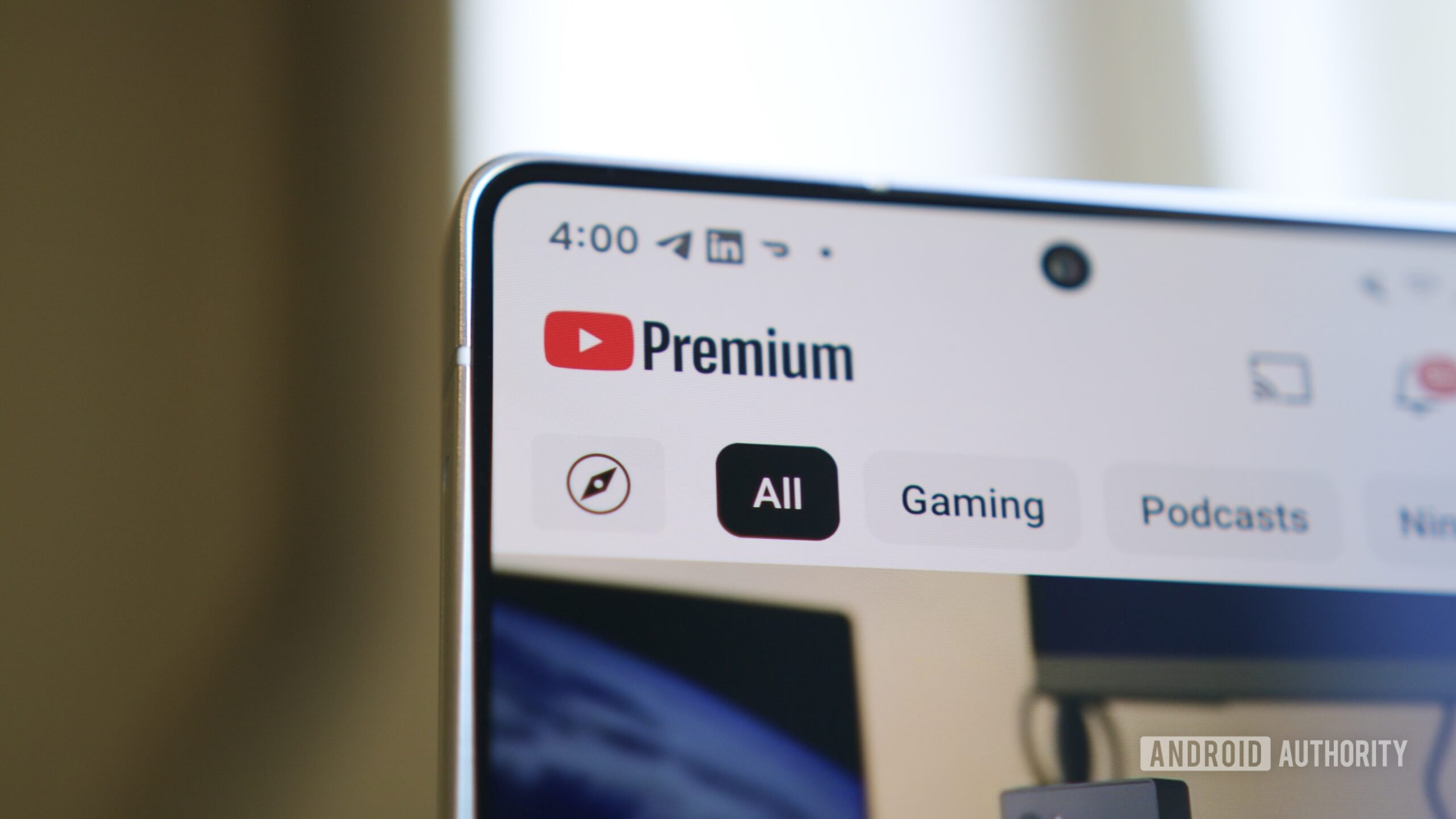It’s not just iPhones and TVs. President Donald Trump’s tariff policies might be driving up the cost of electric vehicles and combustion cars, too. EVs, in fact, might be especially vulnerable to the new tariffs that target China (a major exporter of critical metals) and the steel industry.
China already has a near monopoly on critical minerals and rare earth metals used to manufacture cars, and these tariffs have given China reason to use that as leverage over the United States. That’s according to Anne Clawson, co-founder and head of policy and government affairs practice at Cascade Advisory, an advisory firm specializing in manufacturing, clean energy and critical minerals policy.
“What’s tricky is that every component is going to be impacted a bit differently,” Clawson said. “The tariffs are a major concern for affordability, but also for availability of cars.”
While it’s still too early to know exactly how things will play out, we asked industry experts like Clawson what you need to know about the tariffs’ potential impact on EV prices in the US.
Read more: Daily Tariff Price Tracker: I’m Watching 11 Key Products for Changes, Here’s What’s Happened
Which Trump tariffs will affect EVs?
Tariffs are essentially taxes on goods that come to the US from other countries. The slew of new tariffs imposed by the Trump administration has a lot of potential to affect the auto industry.
Trump issued a 25% tariff on all foreign-made cars and auto parts and a 50% tariff on all imports of steel, a major input to car manufacturing.
The new tariff stance toward China, in particular, is also relevant here. After negotiations, the US has settled on a 55% tariff on Chinese goods. China is also using its dominance in this area as leverage since processing and exporting critical minerals and rare earth metals are essential to build modern cars, Clawson said. China was restricting the supply of certain rare earth metals that go into cars, she said. But the latest reports show China backing off those restrictions.
Electric vehicles are especially reliant on these metals for battery components, but just about all cars now use some amount of them for operating electronics or enhancing performance, Clawson notes. “You can’t really make a car without them,” she said.
How will Trump’s tariffs affect EV prices?
With higher tariffs on and restricted supplies of these critical components, there’s a lot of pressure on the makers of electric vehicles (and all vehicles, for that matter).
The tariffs on steel might have the biggest impact on auto prices, due to how much of the material is used in building a car, according to Joshua Ballard, CEO of metal mining firm USA Rare Earth. Clawson adds that the steel market is mature enough for visible pricing, giving auto companies the ability to limit risk.
Meanwhile, rare earth metals and magnets make up a comparatively smaller (but no less essential) amount of a combustion car, said Ballard. These materials are used to make steering columns, sensors and safety systems. “You’d be surprised where these show up. EVs, however, use more of these materials than conventional vehicles.
When it comes to critical minerals there is less price visibility. “It’s very difficult for companies to insulate their risk,” said Clawson. Using lithium as an example, which is used to make batteries for electric vehicles, Clawson said China flooded the market with cheap lithium which sank its price. As lithium got cheaper, China strengthened its hold on the market.
With so much uncertainty in tariff policy, Clawson says many US and foreign automakers are unsure how to navigate this new landscape. Making decisions in response to the tariffs is tricky for multinational companies, too, as they might be hurt by some tariffs but helped by others, she said.
Try as they might to absorb certain cost increases, automakers only have so much margin to play with before car prices shoot up. “The price for the consumer is inevitably going to go higher,” Clawson said. She predicts that there will be a lot of instability in the near term, with the potential for prices to level out in 2027 car models.
Beyond prices, the tariffs and export restrictions could also have an impact on the overall availability of cars, too, Clawson said.
The US Department of Energy defines critical minerals as materials essential for clean energy technologies (such as lithium, silicon, rare earth metals and copper) that face high supply chain disruption risks. As seen in this chart, China has strong dominance over rare earth metals and silicon — both used to manufacture electric vehicle batteries and motors.
Trump’s tariffs and EVs: What happens next?
China’s dominance in the market of rare earth metals has prompted more of an interest in domestic mining and manufacturing for these materials.
“The pressure point has been built up over decades,” Ballard said, and now it’s coming to a head.
Ballard says his company is among those trying to build an American mining and manufacturing supply chain for the essential minerals and magnets used in EVs and many other electronics. The ongoing tariff dispute and export controls have only accelerated the effort.
Over time, increasing the amount of domestically available metals and magnets could reduce reliance on foreign imports and potentially lower costs — or at least help avoid tariffs.
Auto manufacturers might also start to make decisions to reduce their tariff exposure by moving suppliers or facilities, Clawson says. She notes that some companies already did that in response to tariffs during the first Trump presidency, and that more of that might happen if these new tariffs remain high.
What does this mean for you?
The bottom line: Expect to pay more if you’re in the market for a car in the foreseeable future. Kelly Blue Book estimates an average markup of $6,000 for vehicles under $40,000. However, not every make and model will be affected equally — for example, Mazda recently advertised that vehicles already in dealer inventories will “not be affected by these new tariffs.” Shopping smarter with an eye towards vehicles least-affected by tariffs could save you a few bucks.
The $7,500 tax credit on eligible electric vehicles is ending Sept. 30, 2025 under Trump’s big beautiful bill. If you’d like to take advantage of the tax credit before it expires, you can find a list of eligible EV’s here.
‘s automotive expert, Antuan Goodwin, advises that shoppers could also consider scaling back their new car ambitions. Perhaps looking for a midtier level that has only the features you need, rather than getting the top-tier model with all the bells and whistles. ‘s list of tested and most affordable EVs is a good place to start your search, but if you’re feeling the pinch, consider cross-shopping hybrid or combustion alternatives more closely. You could even add low-mileage preowned cars to your search or consider leasing as an alternative to buying new.
“However, a rising tide raises all ships,” said Goodwin. “Expects that the cost of used cars will likely also rise to compensate for the increased demand, much like we saw during the supply chain shortages of the COVID-19 pandemic. Additionally, as cars and their parts get more expensive, expect taxes and interest on financing, as well as insurance and other ownership costs to grow as well, and factor that into your budget when shopping.”








